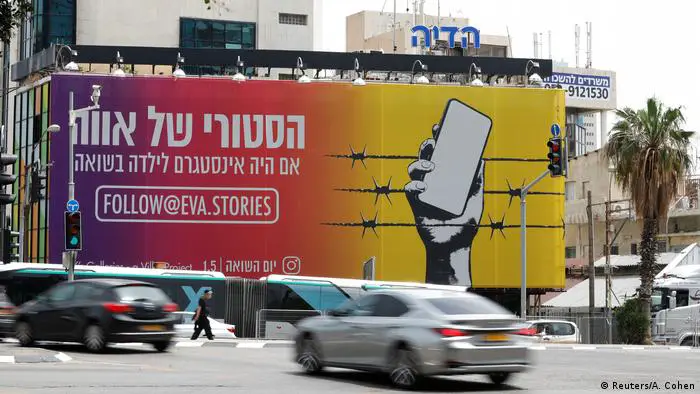Eva Stories was a super successful project by an Israeli serial entrepreneur, Mati Kochavi and his daughter Maya. It sought to bring the story of Eva, a teenage girl murdered in the Nazi concentration camp Auschwitz during World War II, to the younger generations.
Its success was palpable: It has garnered more than a million followers, was viewed more than 300 million times on Instagram, and has had more than 10 million interactions and reactions.
The story has been covered extensively, in more than 70 countries, and 27 languages, all over the world. It’s been the hottest topic in Israel for two consecutive weeks, and even today, it makes those who stumble upon it, gasp in awe and admiration.
What’s more, the project has been recognized as extremely important, and successful, by the Israeli Prime Minister, as well as the United States White House.
But what made Eva Stories such a resounding success? If we could pin it down to a couple of things, it would probably be the choice of platform, and the obsessive attention to detail that Mati and the team displayed.
Eva Stories is a project based on a true story. It follows a 13-year-old girl called Eva, living in Hungary, during the Nazi occupation in World War II. The project has had a multi-million-dollar budget: it brought in hundreds of actors and extras, countless costumes, as well as props, and vehicle models from World War II. Paired with some amazing photography, Instagram’s filters and the project’s authors’ obsessive attention to detail, the photos and the stories created were frighteningly authentic.
The choice of platform gave it that modern twist – the icing on the cake that made it so successful. Eva Stories was built on Instagram – a social media platform almost fully reserved for Gen Z and the younger generation in general. It also followed the “rules” of Instagram: the posts have everything you’d expect: hashtags, social media lingo, emojis, as well as Instagram filters.
As a result, Eva Stories was super familiar to Gen Z and resonated quite well with the younger generation. Consequently, they responded in kind, raking in views, as well as reactions. Social media platforms can be used for much more than pure entertainment, and Mati Kochavi’s project, which successfully raised awareness of the dangers of Nazism, antisemitism, nationalism, and xenophobia, is a stellar example.







